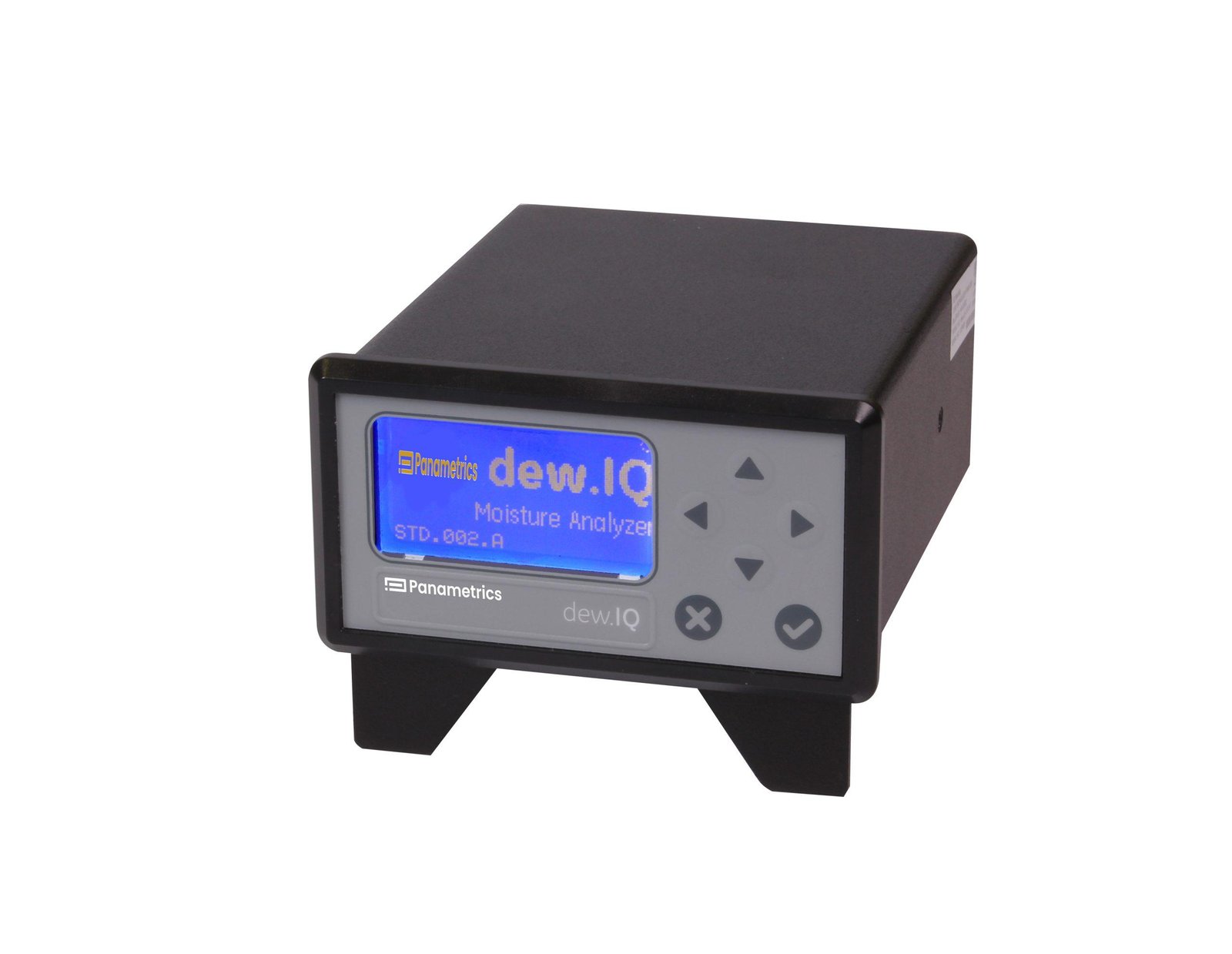In modern industrial processes, precision, efficiency, and safety are paramount. From pharmaceuticals to petrochemicals, semiconductors to food production, controlling every aspect of production is essential to ensure product quality, minimize waste, and comply with regulatory standards.
One critical factor often overlooked until it becomes a problem is moisture content. Trace amounts of water, even in seemingly negligible quantities, can significantly impact the quality and safety of industrial processes.
This is where trace moisture analyzers come into play, offering the ability to detect and measure minute levels of moisture with unmatched accuracy. Understanding why these devices are critical requires a closer look at their role, applications, and the consequences of uncontrolled moisture.
The Role of Moisture in Industrial Processes
Moisture is a ubiquitous component in the environment and raw materials, and its presence can have both beneficial and detrimental effects depending on the context. In industries like pharmaceuticals, excessive moisture can compromise drug stability, reduce shelf life, or even trigger unwanted chemical reactions.
In petrochemical processing, water in hydrocarbon streams can lead to corrosion, equipment damage, or catalyst deactivation. Semiconductor manufacturing, where purity standards are exceptionally high, can be disrupted by trace water in gases or process streams, causing defects in microchips that can translate into massive financial losses.
Even in food processing, uncontrolled moisture can promote microbial growth, spoilage, and texture degradation.
Because the impacts of moisture are so wide-ranging, industries must monitor and control it at levels far below what is detectable by traditional laboratory methods. Trace moisture analyzers are designed precisely for this purpose—they can detect moisture concentrations down to parts per million (ppm) or even parts per billion (ppb), enabling manufacturers to maintain the integrity of their processes.
How Trace Moisture Analyzers Work
Trace moisture analyzers operate using several advanced technologies, each suited to different types of industrial applications. Common measurement principles include:
Coulometric Karl Fischer Titration: This highly accurate method is often used for liquids and solids. It relies on a chemical reaction that quantitatively consumes water molecules in a sample. Coulometric analyzers are capable of detecting extremely low moisture levels and are widely used in pharmaceuticals, oils, and petrochemicals.
Chilled Mirror Technology: Primarily used for gases, this method involves cooling a mirror until water vapor condenses on it. The temperature at which condensation occurs correlates directly to the moisture content. Chilled mirror analyzers are highly accurate and can operate continuously in process environments, making them ideal for industrial gas monitoring.
Spectroscopic Methods: Techniques like tunable diode laser absorption spectroscopy (TDLAS) allow non-contact measurement of water vapor in gases and process streams. These methods offer fast response times and can be integrated into automated systems, making them suitable for high-speed production lines and critical control applications.
Capacitive and Electrolytic Sensors: These provide real-time moisture monitoring with relatively lower detection limits. While not as precise as Karl Fischer or chilled mirror methods, they are cost-effective solutions for processes where continuous monitoring is more critical than ultra-high precision.
Critical Benefits of Trace Moisture
Product Quality and Consistency: Moisture levels directly impact product characteristics, including chemical composition, texture, solubility, and shelf life. Trace analyzers allow manufacturers to detect even minute deviations, ensuring consistent quality across batches.
For instance, in the pharmaceutical industry, even a slight increase in moisture can lead to drug degradation, rendering products ineffective or unsafe.
Process Safety and Equipment Protection: Water in industrial systems can cause corrosion, erosion, and scaling. In chemical reactors or pipelines, unexpected moisture can trigger hazardous reactions. Trace moisture analyzers enable early detection, preventing costly equipment damage and minimizing safety risks to personnel.
Regulatory Compliance: Industries such as pharmaceuticals, food production, and petrochemicals are subject to stringent regulations regarding moisture content. Trace moisture provides documented, precise measurements that support compliance with standards such as FDA, USP, ISO, and ASTM. Accurate monitoring helps avoid costly recalls, penalties, and legal liabilities.
Efficiency and Cost Reduction: By identifying moisture levels in real time, industries can optimize drying, filtration, or purification processes, reducing energy consumption and raw material waste. Early detection also prevents batch rejection and downtime due to process failures caused by unanticipated water contamination.
Research and Development Applications: In R&D environments, understanding moisture behavior is essential for formulating new products, evaluating stability, and optimizing process conditions. Trace moisture analyzers provide the high-resolution data necessary to make informed decisions, accelerating innovation while minimizing risk.
Applications Across Industries
Pharmaceuticals: Ensuring active ingredients and excipients remain within strict moisture limits.
Petrochemicals and Gas Processing: Monitoring water content in natural gas, hydrogen, and hydrocarbon streams to prevent corrosion and maintain catalyst efficiency.
Food and Beverage: Controlling moisture in powders, cereals, and packaging to ensure shelf life and product safety.
Semiconductors and Electronics: Maintaining ultra-low moisture levels in process gases to prevent defects in microchips and electronic components.
Plastics and Polymers: Detecting residual moisture in raw materials to prevent degradation, void formation, or mechanical weakness in the final product.
Challenges and Considerations
While trace moisture are invaluable, selecting the right technology for a specific application requires careful consideration. Factors include the type of sample (gas, liquid, solid), required detection limits, response time, process temperature and pressure, and potential interference from other chemical components. Additionally, regular calibration and maintenance are essential to maintain accuracy and reliability, especially in harsh industrial environments.
The Future of Moisture Analysis
As industrial processes continue to evolve toward higher precision and automation, the demand for real-time, ultra-sensitive moisture monitoring is only increasing. Emerging trends include integration with digital twins.
IoT-enabled sensors for continuous monitoring and advanced data analytics to predict moisture-related process deviations before they occur. These innovations promise to further enhance process efficiency, product quality, and safety, making analyzers an indispensable tool in modern manufacturing.
Conclusion
Trace moisture analyzers play a critical role in industrial processes by providing accurate, real-time measurement of moisture at extremely low levels. Their importance spans quality control, safety, regulatory compliance, efficiency, and R&D.
In an industrial landscape where even trace amounts of water can compromise products, damage equipment, or disrupt processes, these analyzers offer a reliable solution to an often invisible but critical problem.
Investing in precise moisture monitoring technology is not merely a technical choice; it is a strategic decision that safeguards product integrity, operational efficiency, and industrial competitiveness. In a world where precision matters more than ever, analyzers are not optional; they are essential.



